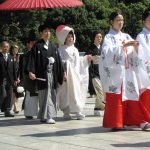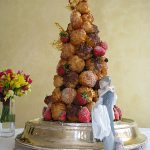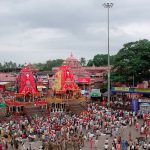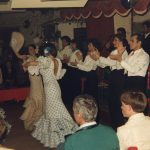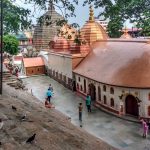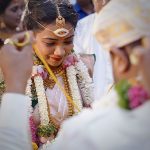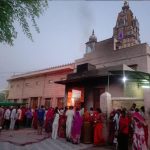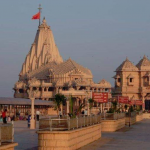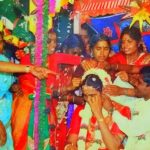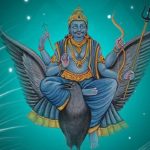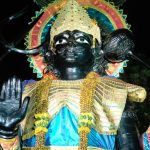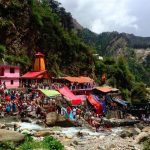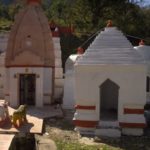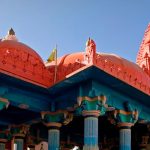Kashmir has been called ‘Paradise on Earth’ by many people throughout history. Therefore, the wedding rituals of the native Kashmiri Pandits are just as beautiful and captivating as the valley they belong to.
A Kashmiri Pandit wedding is rich with culture and ethnic traditions. The entire event is mesmerizing like a fairytale come to life. The pre-wedding ceremonies, the outfits and the customs are all elements that reflect their long and storied history.
Background
Traditionally, a Kashmiri Pandit marriage is arranged by the two families. When choosing a bride or a groom, there a lot of factors that are considered. For example, things like family virtues and religious/social standing are used as a metric to decide who’s a suitable match.
The families of the soon-to-be bride and groom match the horoscopes of the individuals. A horoscope is called a ‘teknis’ in their native language. Once a match is confirmed and approved, the families agree on a date for the wedding.
The priest or ‘pandit’ will finalise the dates of the wedding after the families agree. They are traditionally considered a part of the Pancha Gauda Sarasawat Brahmin community and constitute a minority of the state.

Kasamdry
This is the first formal commitment ceremony between the two families. The elders from each side meet in a temple where flowers are exchanged between them. It is a formal agreement in a holy place that binds the two families together.
The bride’s family then prepares a traditional, Kashmiri meal for everyone present. The eldest female aunts from both families prepare a special dish called ‘var’, which is a type of rice pudding. This is then distributed amongst the neighbors and relatives.
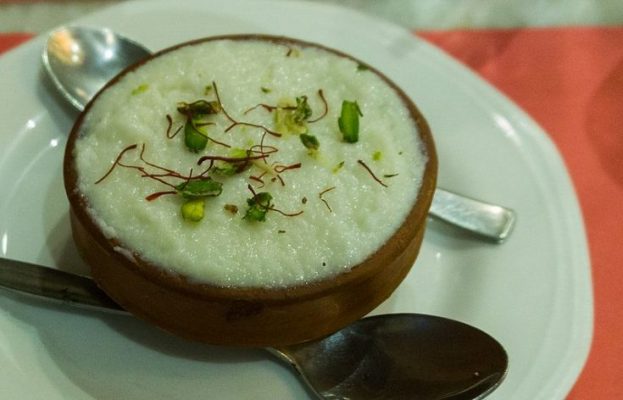
Livun
‘Livun’ is a ceremony that marks the beginning of the wedding period. An auspicious date is chosen by the priest of both families and that day is marked for the cleaning of the houses.
This ceremony is a hold-over from the days when Kashmiri houses were made with mud-walls and floors. Families would try to make their houses look new by painting the walls and floors with a mixture of clay and water.
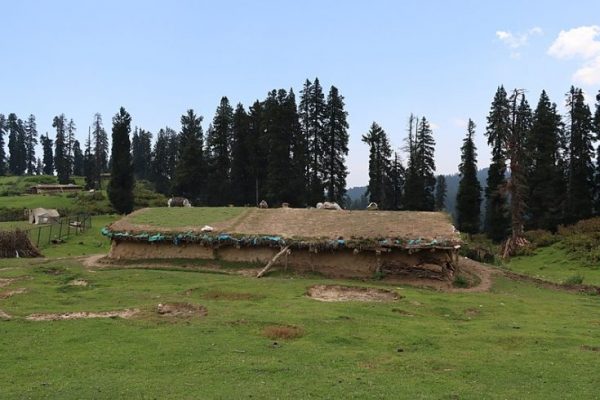
These days however, the ceremony is more about cleaning and decorating the house. All married women of the family are present in the house during this day. Everyone who helps to clean and decorate the house on this day is given a gift of cash or clothing by the families of the bride and the groom.
Maenziraat
The maenziraat ceremony place is held a week before the wedding date. It begins with the krool khaarun, a rite or ceremony that consists of redecorating the doors of the house. This responsibility falls on the aunts of the bride and groom.
In the evening, the bride begins an elaborate bathing ritual to get ready for the night’s event. While she bathes, here feet are washed by her maternal aunt. Once she is done bathing, the eldest aunt of her family applies henna on her palms and feet.
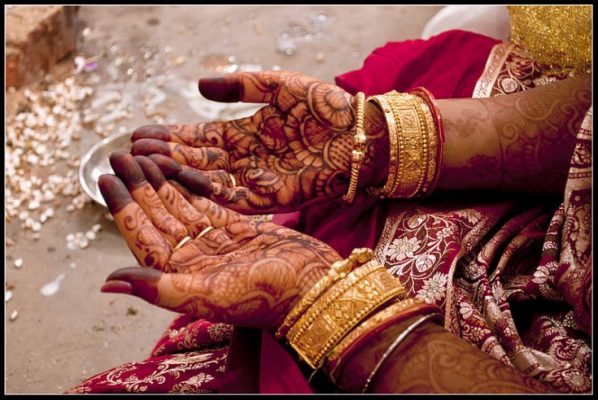
The remaining henna is then passed around amongst the women present. And so, everyone present at the ceremony decorates their hands or feet with henna, as well. At the groom’s house, a little henna is applied to his hands as well. This is to symbolize the auspiciousness of the occasion.
In modern times, a lot of families hire professional folk singers and performers for entertainment during this evening. Their job is to keep the spirits of the guests high throughout the night. A lot of people consider the ‘maenziraat’ to be one of the most fun parts of any Kashmiri Pandit wedding.
Divagon
Divagon is a very important pre-wedding ceremony in a Kashmiri Pandit wedding. It marks the transition of the bride and the groom from the Brahmacharya ashram to the Grihastha ashram. Which basically means that they are moving from being single to building a home together.
This ceremony is observed separately by both families. The bride worships Goddess Parvati while the groom worships Lord Shiva. Because these deities represent the sacred, holy matrimony that every couple should strive for. Any participant in this ceremony is required to fast for a day prior to the event.
During this time, gifts of utensils and jewelry are given to the bride by her family. One significant item of jewelry that is given to a bride is called a dejaharu. It is an ornament made from gold tassels strung together on a sacred thread.
The dejaharu is meant to pass through the middle of the ear and is a symbol of the beginning of a woman’s matrimonial journey.
Kanisharan
The Kanisharan is a ritual that is a part of the divagon but has its own special relevance to the ceremony.
During this ritual, the bride and groom are made to sit on a low stool, surrounded by their aunts, uncles and other elders of the family. They are then bathed in a mixture of water, rice, milk and curd. Along with the dairy products, they are also showered with flower petals.
Wedding Ceremony
The wedding ceremony at a Kashmiri Pandit wedding begins with the arrival of the groom’s family at the wedding venue. A conch shell is blown by the bride’s family to welcome them. Nutmegs are exchanged between the elders of the families as a symbol of friendship.
Lagan
The marriage rituals are performed by a priest in front of a sacred fire. The bride and groom aren’t meant to look at each other during the early part of the ceremony. Therefore, a mirror is placed in their hands so they can look at each other indirectly.
After they see each other, they join hands till the ceremony is complete. The couple then compete to find engagement rings inside a bowl of milk. As per Kashmiri traditions, the first one to find the ring will be the dominant partner in the marriage.
The couple take seven circles or pheras around the sacred fire. The first phera is made by the bride taking the first step. For this, seven one rupee coins are placed for her to step on as a symbol of auspiciousness. At the end of all seven pheras, the bride is received formally into the family by the groom’s father.
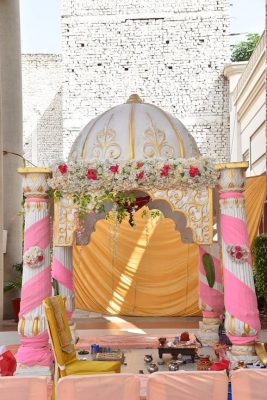
The marriage ceremony ends with a vegetarian dinner. The bride and groom are handed one plate filled with food and are meant to eat from it together.
Posh Puza
The Posh Puza ritual begins once the wedding ceremony is over. The bride and the group are made to sit on a stage together. A red cloth is placed on top of their heads covering them entirely. The guests then walk around the couple showering them with flowers. The priest will be chanting mantras or verses from the Vedas while this is happening.
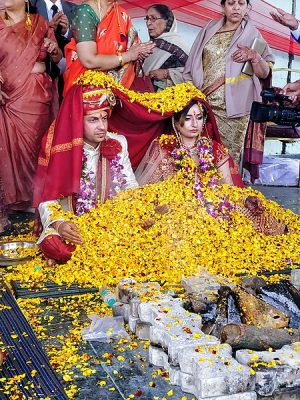
This ritual is meant to symbolize the holiness of the couple’s marriage. They are considered to be an aspect of Lord Shiva and Goddess Parvati during the ritual.







